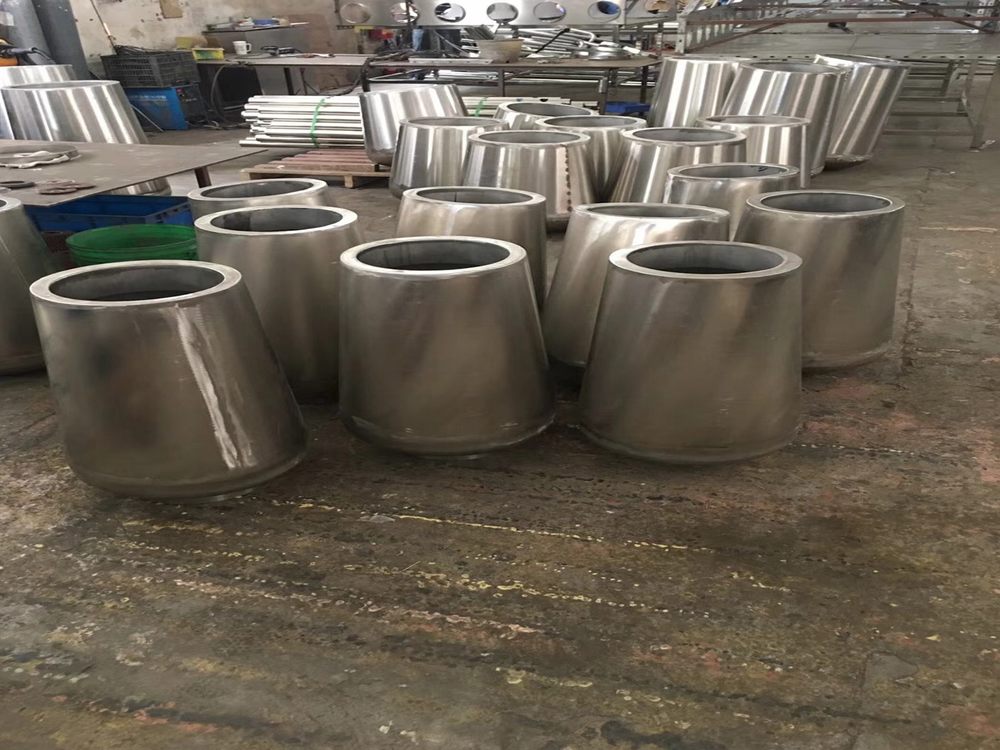
Wood carvings have long been celebrated for their intricate beauty and cultural significance, but their role in site-specific art installations demands a unique approach. Unlike standalone sculptures, site-specific works must harmonize with their surroundings, requiring carvers to consider spatial dynamics, environmental factors, and thematic cohesion.
To achieve this, artists often begin with thorough site analysis, studying light patterns, architectural elements, and audience flow. The wood’s natural grain and texture are strategically utilized to complement the installation space, whether it’s an urban plaza or a serene garden. For instance, a carving placed outdoors might incorporate weather-resistant woods like teak, while indoor pieces can focus on finer details with walnut or cherry.
Adaptability is key. Carvers may modularize designs, allowing components to be rearranged for different venues, or use lightweight woods for temporary installations. Some artists even integrate interactive elements, inviting viewers to engage physically or digitally with the piece.
Ultimately, wood carvings in site-specific art bridge tradition and innovation. By responding to their environment, they transform from mere objects into dynamic conversations between material, space, and viewer—proving that even ancient techniques can speak powerfully in contemporary settings.

